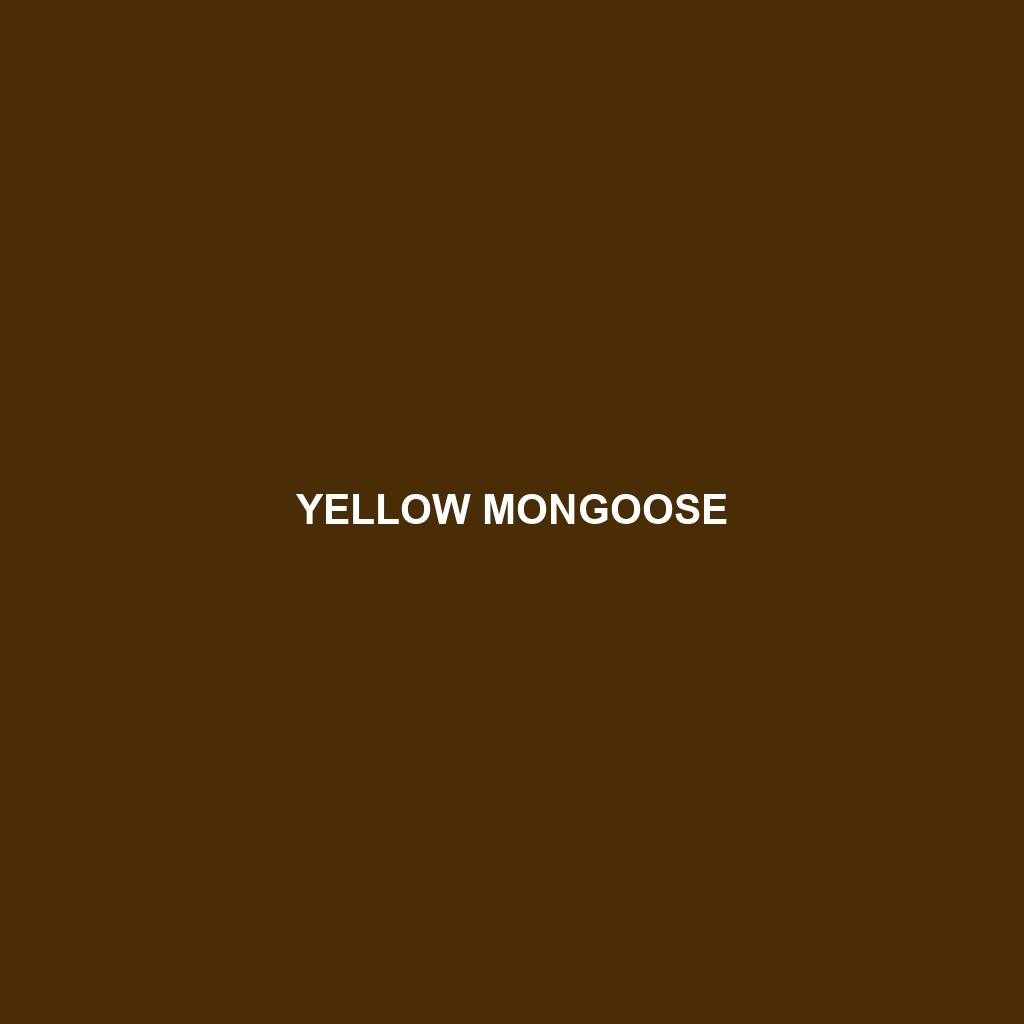Sokoke Mongoose
Common Name: Sokoke Mongoose
Scientific Name: Galerella sokokensis
Habitat
The Sokoke Mongoose is primarily found in the coastal forests of Kenya, particularly in the Sokoke Forest and surrounding areas. This species thrives in tropical and subtropical moist forests and is often located near mangroves and wetlands where dense cover provides protection and hunting opportunities.
Physical Characteristics
The Sokoke Mongoose is a medium-sized mammal, measuring approximately 50 to 70 cm in length, including its tail, which can be about 25 to 40 cm long. Its fur is typically a mix of grey, brown, and wong shades, providing excellent camouflage in the forest floor. Distinctive features include a slender body, short legs, and a pointed snout, which aid in its ability to forage for insects and small prey.
Behavior
Generally known for its social behavior, the Sokoke Mongoose often lives in small family groups or packs. These mongooses are diurnal and exhibit a range of activities such as foraging, grooming, and playing. Notably, they communicate using a series of chirps and whistles, which reinforces social bonds within the group. Their ability to stand on their hind legs to survey their surroundings is a captivating behavior that attracts the attention of researchers and wildlife enthusiasts alike.
Diet
The diet of the Sokoke Mongoose primarily consists of insects, small mammals, reptiles, and eggs. They are known to be opportunistic feeders, utilizing their keen sense of smell to locate food sources in their dense habitat. This adaptability in feeding habits allows them to thrive in varying environmental conditions, making them effective foragers.
Reproduction
The reproductive habits of the Sokoke Mongoose include a breeding season that typically peaks during the rainy months of the year. Females usually give birth to 2 to 4 offspring after a gestation period of approximately two months. Notably, young mongooses are cared for communally within the family group, which enhances their survival rates.
Conservation Status
The Sokoke Mongoose is currently listed as vulnerable by the IUCN Red List. These animals face threats from habitat destruction, primarily due to deforestation and urbanization. Conservation efforts are crucial to protect this unique species and its natural habitat.
Interesting Facts
- The Sokoke Mongoose is often confused with other mongoose species due to its similar appearance, but genetic studies have confirmed its unique classification.
- They are known to have specific danger calls that alert other mongooses to potential threats, showcasing their sophisticated communication skills.
Role in Ecosystem
The Sokoke Mongoose plays a significant role in its ecosystem as a predator and scavenger. By controlling insect populations and competing with other small mammals, they help maintain ecological balance. Their interactions with various species contribute to biodiversity within their habitat, underscoring their importance in forest health.
